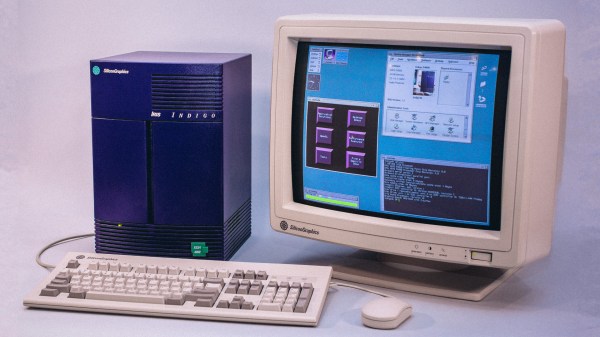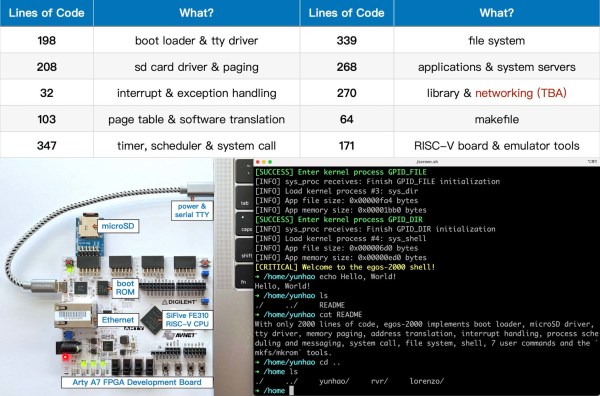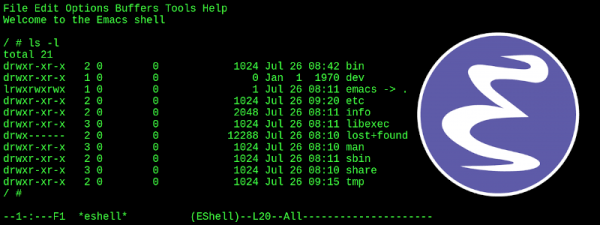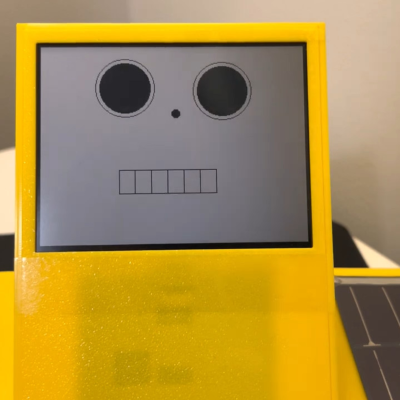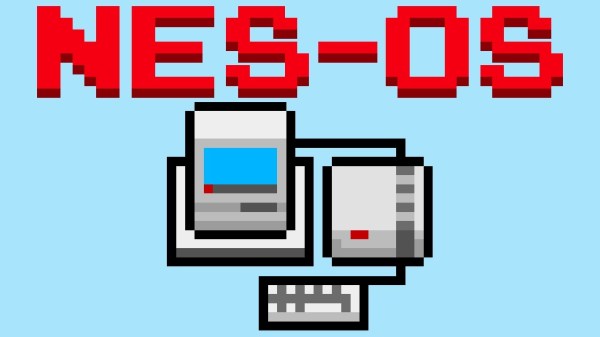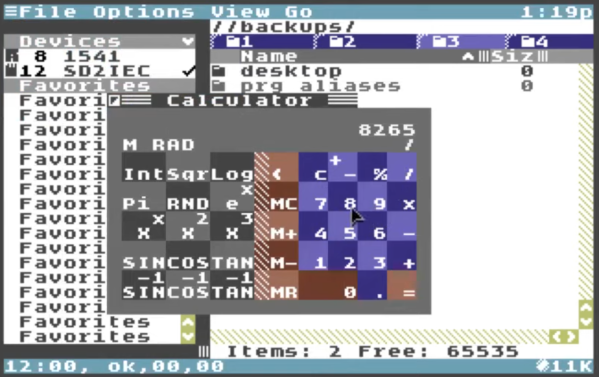Irix was the operating system developed by Silicon Graphics from 1988 to 1998. The OS supported the company’s high-end workstations and served in many serious roles. The company cut off support for the UNIX-based OS in 2006, but now a diehard community is looking to bring the ancient codebase back to life.

While SGI’s workstations once sold for five or six figures, surviving examples can now often be had for just a few hundred dollars on eBay. The MIPS-based hardware was potent for its time, often used for 3D rendering work for video games, films, or for scientific purposes. IRIX was SGI’s own OS built specifically to support these use cases.
The IRIX Network is a hobbyist community that loves these old machines and their software. The group hopes to raise $6,500 through crowdfunding to reverse-engineer IRIX. The hope is to use those learnings to create an open-source derivative version named IRIX-32, based on IRIX 5.3, the last 32-bit version of the OS.
It’s a monumental task, but admirable nonetheless. Whether we one day see IRIX reborn, akin to what happened to AmigaOS, remains to be seen.

